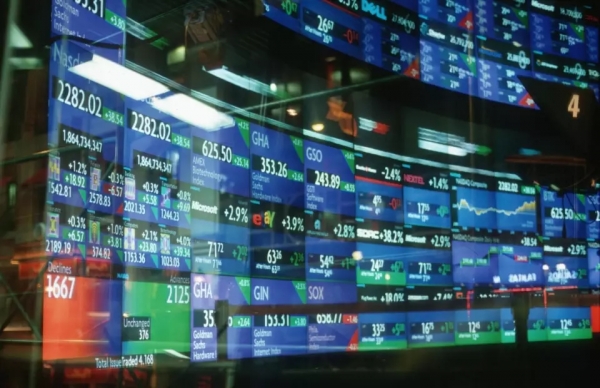
 Data Structure
Data Structure Networking
Networking RDBMS
RDBMS Operating System
Operating System Java
Java MS Excel
MS Excel iOS
iOS HTML
HTML CSS
CSS Android
Android Python
Python C Programming
C Programming C++
C++ C#
C# MongoDB
MongoDB MySQL
MySQL Javascript
Javascript PHP
PHP
- Selected Reading
- UPSC IAS Exams Notes
- Developer's Best Practices
- Questions and Answers
- Effective Resume Writing
- HR Interview Questions
- Computer Glossary
- Who is Who
How does the commodity trade market work in India?
Commodity trading is trading in derivatives and commodity spot. There are two different categories of commodities we have to trade: Agricultural commodities and non-agricultural commodities
Agricultural Commodities: These include grains and oilseeds (soybean, chana, corn, groundnut etc.), livestock, dairy products, bio-fuels etc.
Non-Agricultural Commodities: These include Metals like gold, silver, copper etc.
Also, there are 24 commodity exchanges in India and three national level commodity exchanges to trade in all permitted commodities.
They are Multi Commodity Exchange of India Ltd, Mumbai (MCX), National Multi Commodity Exchange of India Ltd, Ahmedabad (NMCE) and National Commodity and Derivative Exchange, Mumbai (NCDEX)
How Does It Work?
When you buy futures, you have to pay a fixed percentage of the cost. This is known as the margin. You can start with commodity trading with a minimum of Rs 5000.
For example, if you buy a gold futures contract at Rs. 63,000 per 100 gm, the margin for gold set by MCX is 3.5%. So, you end up paying Rs. 2,205—also called margin. The next day, the price of gold rose to Rs. 64,000 per 100 gm. Then, Rs 1,000 (Rs 64,000 - Rs 63,000) will be credited to your account.

Note
The sales tax is applicable only if it results in delivery. But if the trade is squared off then no sales tax is applicable. A better decision would be to initially trade in stock futures before opting for commodity futures.

